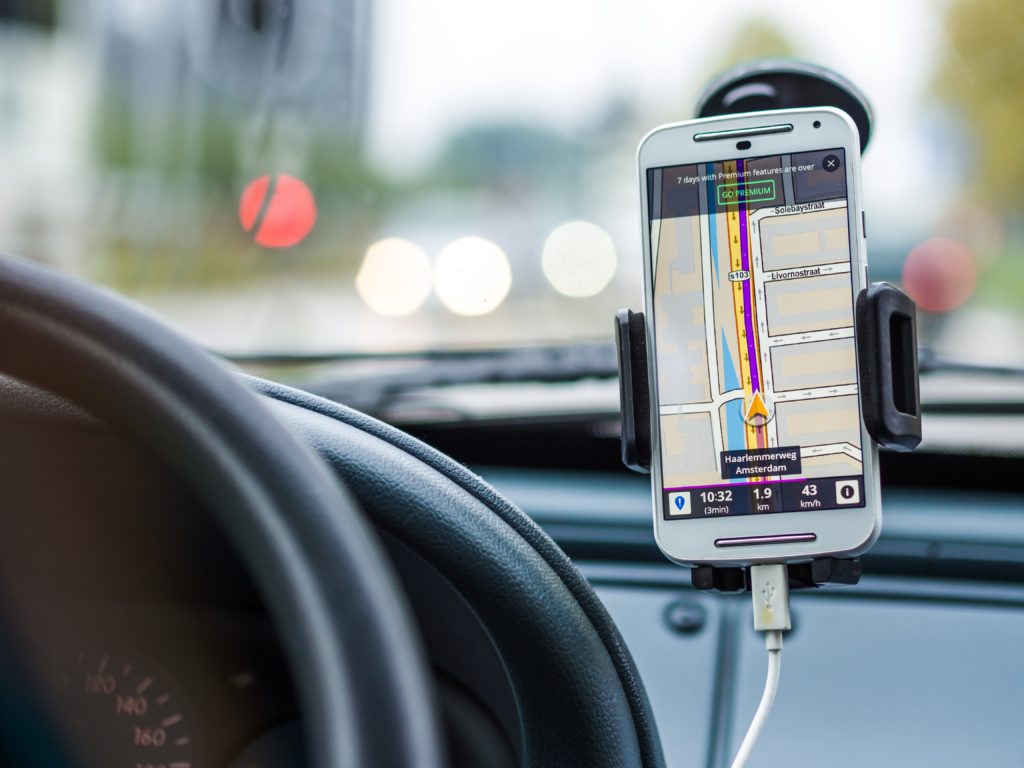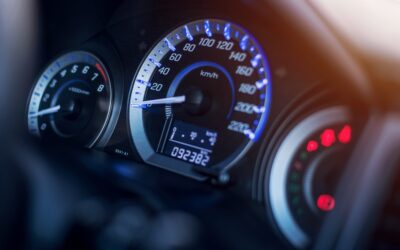The UK driving test changed in December 2017. As part of your test, you may now be required to follow directions from a sat nav.

Your examiner will provide the sat nav and set it up for you. You can’t use your own sat nav – you must use the one provided by the examiner. They’ll also set the route for you, and it’s up to you to follow it.
You’re allowed to ask the examiner for confirmation of where you’re going, and you won’t be penalised for going the wrong way. You’ll only get marked down if you make a fault while following the sat nav.
The idea is to test your competency at what is now a common part of the driving experience, and to see if you can remain focused while following directions. But because the examiner sets up the sat nav for you, the test doesn’t include an important safety issue when it comes to using sat navs – where to put them on your windscreen.
Where to Put a Sat Nav on Your Windscreen – An Essential Guide
It’s a common misconception that the sat nav must be placed in the bottom right corner of the windscreen. Indeed, in 2018 Greater Manchester Police got into trouble for falsely claiming that placing it anywhere else is illegal.
It’s a confusing issue because there are no clear laws concerning where to put a sat nav on your windscreen. However, you have a legal obligation to stay in full control of your car, and that includes maintaining a clear view of the road and other traffic. Obviously, where you place your sat nav will have a big influence on this.
For best results, get a device that you can mount to your dashboard, rather than your windscreen. But if your device can only be mounted to your windscreen, you’ll have to think very carefully about how your view will be affected by where you place it.
Place the sat nav as low on the windscreen as you can, and place it either to your left or your right, so that it’s out of your general view. Don’t place it directly in front of you, as this will be too distracting. But at the same time, don’t place it anywhere where you’ll have to take your attention away from the road to look at it.
Other Safety Tips for Using a Sat Nav
Most smart phones now feature their own navigation apps, and many drivers now rely on these instead of sat navs. But UK law is very clear when it comes to using phones while driving. Read our essential guide to mobile phone driving law here.
Never interact with your sat nav while driving, as this will take your attention away from the road and the other traffic. Make sure you’ve got your route set before you head out. And if you need to change your route or make any other adjustments, first pull over into a safe place.
When you’re not using your sat nav, take it off the windscreen or dashboard and store it somewhere out of sight, like your glove compartment. Opportunistic thieves may be more likely to break into your car if you leave your valuables in plain view.
Don’t Risk a Penalty
UK law is a little unclear when it comes to sat navs. But if you’re found to be driving with an obstructed view, you could get up to three penalty points on your licence.
If you’re involved in an accident that was found to be caused by an obstructed windscreen, it may affect your car insurance settlement. For more information, please refer to the policy wording.



